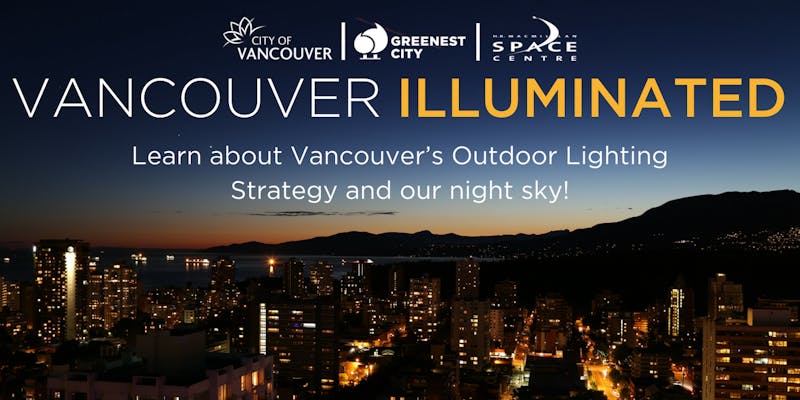Next weekend, August 10th-13th, you’ll have a chance to see one of the best meteor shower in years. The annual Perseid Meteor Shower is expected to peak on the night of Aug 12th-13th.

You can expect to see 50-75 meteors per hour when observing from a reasonably dark site outside of the city such as Aldergrove Regional Park where RASC Vancouver is holding a meteor shower watch.
The Perseid shower occurs annually when the Earth passes through the debris left by the comet 109P/Swift-Tuttle. There are a number of factors that make this shower special:
- For the Perseids, the Earth passes close to the center of the comet’s debris stream.
- The Perseid debris stream strikes Earth at high speed, around 50 km/s. Faster speeds mean more energy, and hence brighter, more visible meteors.
- This year has a new Moon on August 11th, ideal for minimal light pollution and seeing fainter meteors.
Meteor showers are named for the constellation from where the meteors seem to originate. The radiant of the Perseids are in the constellation Perseus, which will be well positioned in the northeastern sky around midnight.
You don’t need a telescope or binoculars, just get out of the city to a dark site and look up at the darkest part of the sky. And put away that phone – the white light will hamper your ability to see faint meteors. Lying down is a more comfortable way to observe the show, so find a blanket and just look up.





























